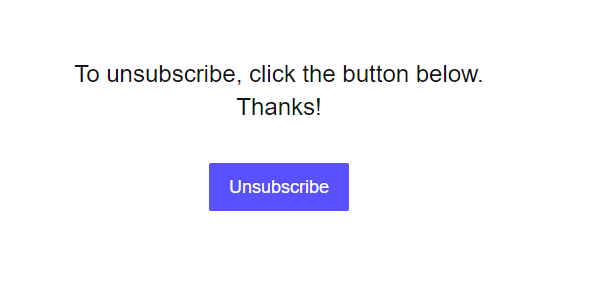Once you’ve got your own house in order, it’s time to turn from the internal to the external communication audit. Whether you’re connecting with clients, prospects, partners, vendors, or any other community members, your organization is best served with a strong strategic communication plan.
Why run an external communication audit?
If there’s no method behind the madness, your audience can react in any number of ways. In the interest of space, we’ll stick to three here:
- Confused: What is this organization all about, anyway? What’s with the inconsistent visual and language style, the sporadic delivery, and the uncertain purpose? I guess it’s okay, because they seem to know their business, but it’s a little odd.
- Annoyed: Does this organization really have it together? Why are they wasting my time with these kinds of unfocused and irrelevant campaigns? Where’s the unsubscribe? This company should just stick to what it does best, because something here isn’t working.
- Critical: Do other people see what’s going on here? Looks like it’s time to take my business elsewhere, and anyone who asks will get the full negative review!
Point being: If your communication’s getting through, it’s definitely creating some kind of impression. If it’s not getting through, you have a different problem entirely!
You already know that we love the anonymous survey for this purpose, but it’s your project! Do what you need to do, and be sure your external communication audit covers these key items:
1. How satisfied are you with the communication you receive from X?
If you can only ask one question — maybe you just really love your poll tool! — this is the one. You can keep it broad with a single satisfaction rating scale, but you’ll gather more insight if you drill down a bit. Elements like frequency, channel, content, and style can all be incorporated here.
2. How effective is the communication you receive from X?
What makes effective communication? Clear content, consistent and appropriate visual and language choices, an identifiable purpose, and perhaps a focused CTA or two. Again, this could be a single rating scale, or you could break down the parts. Perhaps a Symbol Rating Scale?

This drifts into the next question a bit, but another option here would be to ask how timely the communication is. Maybe your participants don’t typically open the offers you’re sending until they’ve expired, and that’s no good for anyone.
3. How useful is the communication you receive?
Good communication is beneficial to everyone involved. Sure, you want to get a message across, but what is your audience getting out of it? If the communication isn’t useful, your audience may shrug off future communication as irrelevant or time-wasting. Depending on your industry, you might choose to ask whether content is relevant to a recipient’s work, life, or interests.
A variation on this question might be to ask how “smart” the communication seems to be. Does the recipient perceive messages as curated and customized, a randomly scattered assortment, or somewhere in between?
4. What kind of content would you prefer to receive, and how frequently?
Honesty might be a bit scary, but it’s pretty useful. Think about the kinds of unsubscribe options you see whenever you’ve finally given up hope of receiving something useful. Very often, companies want to be realllly sure you know what you’re missing: special offers, monthly newsletters, product or service updates, trend alerts, webinar invitations… Sometimes you can pick and choose what you want, as well as how frequently you’d like to hear from the organization. Of course, sometimes, it’s simply all or nothing…

5. Based on the communication you receive from X, what’s your perception of this organization?
This is a pretty big question, and it could be the segue to a whole brand identity study, brand awareness survey, or stakeholder perception survey. If you’re trying to keep it simple, though, you might just ask for a few words (word cloud, anyone?), or present a series of options that participants can choose from. If you do offer a series of options, be sure to set answer constraints and leave an ‘other’ option — that is, unless, you already know what everyone’s thinking. 😉
Okay, one more bonus question:
Are you the right person to receive this communication?
Very often, databases are filled with the contact information of someone in charge of billing or even shipping. If your recipient isn’t actually your end user or intended audience, your messages have a much lower chance of being seen, let alone being appreciated.
Ready to get started with your own internal or external communication audit? Let’s connect!
Ready to get started? Learn more about Sogolytics today!
Schedule a Demo













